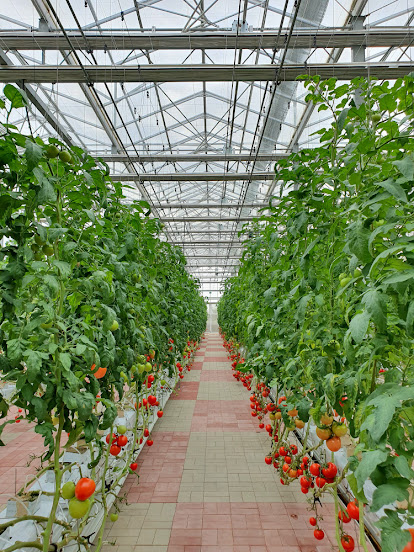LED Grow Lights for Succulents and Cacti: Creating a Desert Oasis Indoors
Succulents and cacti have gained tremendous popularity as houseplants in recent years. Their unique shapes, colors, and low-maintenance nature make them ideal choices for indoor gardening enthusiasts. However, these desert plants require specific growing conditions to thrive, including adequate light. In this blog post, we will explore how LED grow lights can help you create a desert oasis indoors and ensure the healthy growth of your beloved succulents and cacti.
Understanding the Lighting Needs of Succulents and Cacti:
Cacti and succulents have evolved to survive in arid desert regions with lots of sunlight. To keep their compact and bright forms, they still need a lot of light when cultivated indoors. Insufficient lighting might result in color loss and etiolation (stem lengthening). An efficient solution is provided by LED grow lights, which deliver the proper spectrum and intensity for optimum growth.
Selecting the Right LED Grow Lights:
Look for LED grow lights that emit a balanced entire spectrum, including blue and red wavelengths, when selecting them for your succulents and cacti. Red light stimulates flowering and fruiting whereas blue light encourages compact development and improves plant coloration. Choose lighting with a variety of intensity settings to accommodate your plants' various growth stages.
Proper Placement and Distance:
To replicate the natural sunshine that succulents and cacti need, place your LED grow lights above them. Remember that these plants are accustomed to receiving a lot of sunshine, therefore it's crucial to place the lights close to them. Start with a gap of roughly 6 to 12 inches and keep a close eye on your plants. Increase the distance between the lights and the plants just a little bit if you see any signs of light burn or stress.
Duration and Light Cycle:
Cacti and succulents typically require 12 to 14 hours of light every day to grow. They also need a period of darkness to rest and recover, though. Use a timer to automate the light schedule to simulate a natural day-night cycle. Maintain a regular schedule and steer clear of abrupt variations in lighting duration or intensity, which might disturb the growth cycles of the plants.
Monitoring and Adjusting:


Comments
Post a Comment